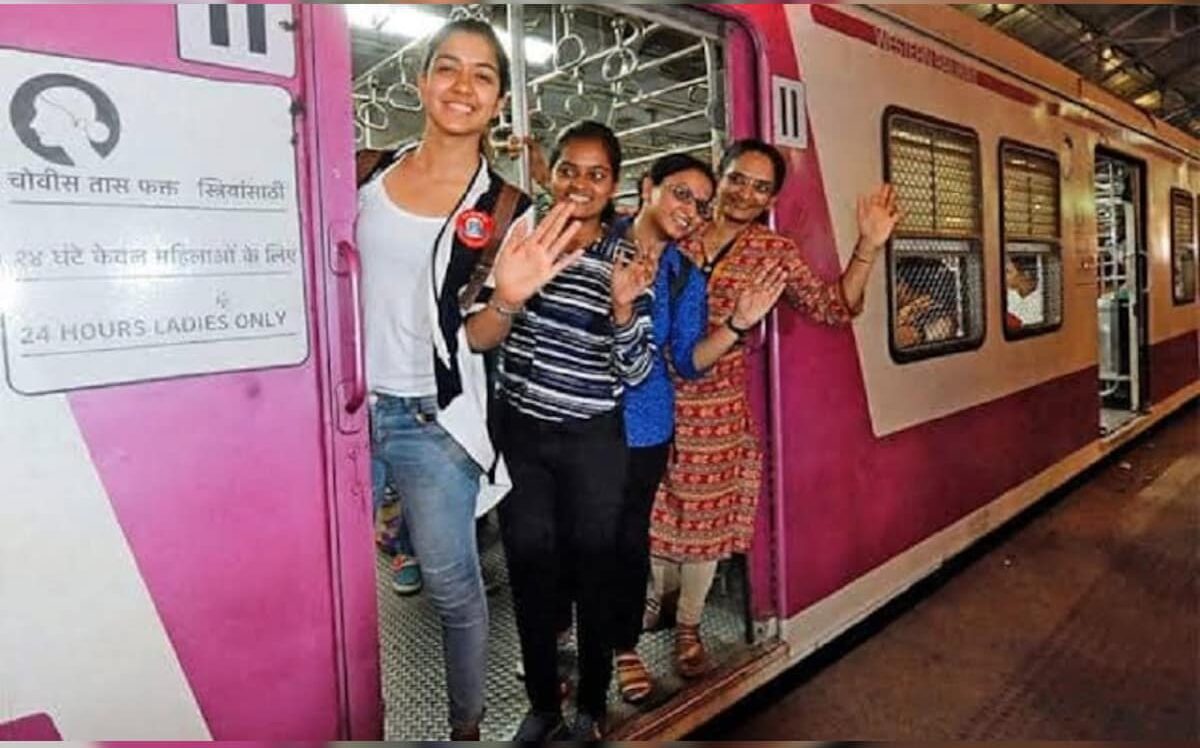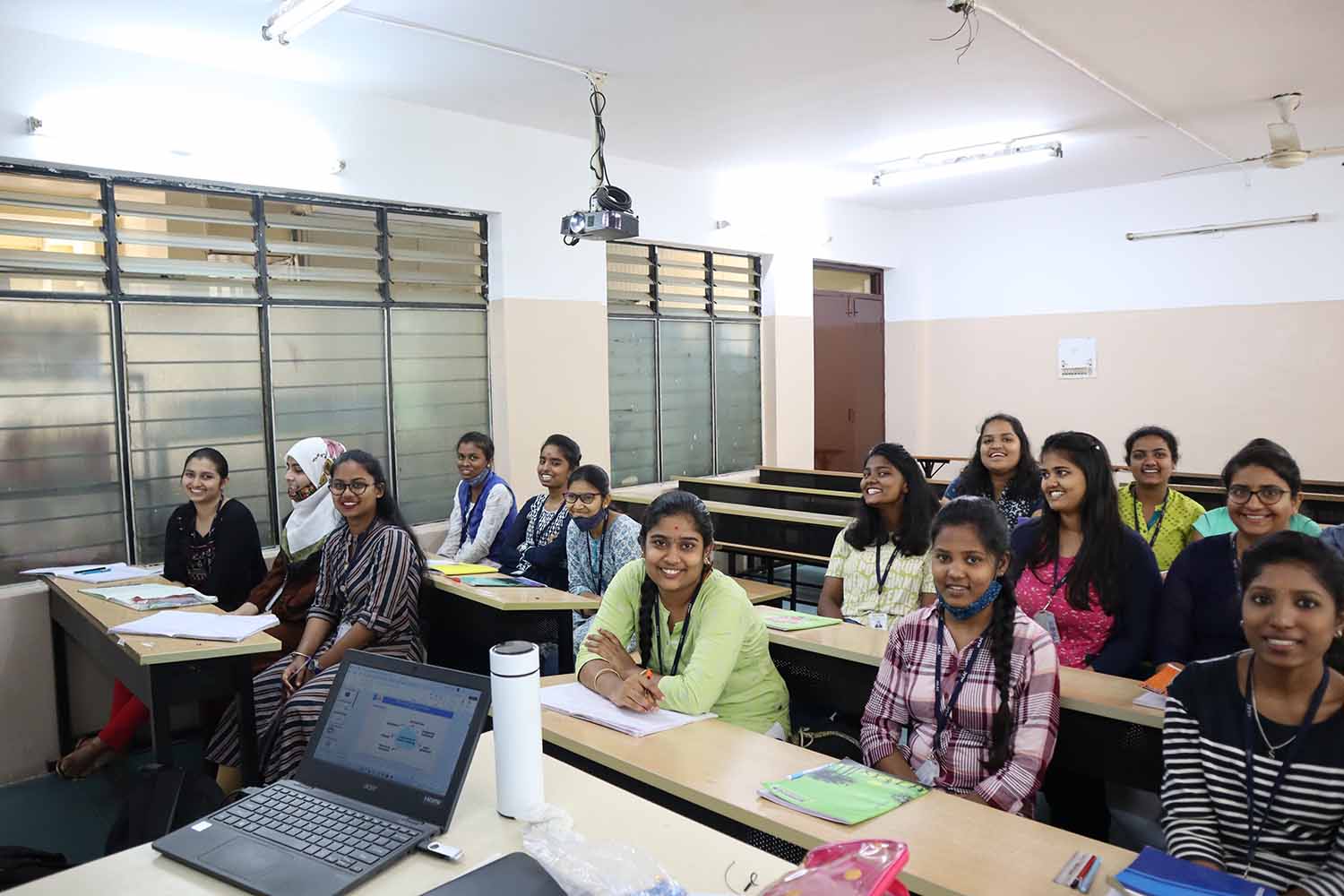Explore effective strategies for promoting gender inclusivity and driving economic growth in India by empowering women in the workforce. Uncover key initiatives and insights to maximize India’s potential for a brighter, more equitable future.

While traveling on a local train in Mumbai, I once encountered a woman dressed impeccably in high heels, clutching an interview folder, standing confidently by the door, and allowing the breeze to envelop her. Her demeanour left a lasting impression on me. She epitomized the essence of the ‘Woman of India’—resilient, determined, and unwilling to let circumstances hinder her progress. To me, she embodied the kind of woman essential for building a ‘Developed India’.
Today, India stands at the threshold of immense economic potential. Projections suggest that by 2031, our GDP could double from 3.7 trillion dollars to 6.4 trillion dollars. However, to sustain this growth trajectory amidst uncertainties such as pandemics, wars, or national calamities, we must maintain a minimum growth rate of 6.7% per year. Despite this optimism, we remain distant from the economic prowess of nations like the USA and China, whose GDPs exceed ours by significant margins.
An Indian economist once remarked that tripling our GDP would propel us into the realm of ‘Developed nations’. But beyond the mere tag, the journey toward development holds profound significance. As Indians, we are driven by principles deeply rooted in our cultural philosophy—our dharma. Our aspirations for global recognition cannot be achieved by merely emulating others; rather, they demand a path aligned with our unique values and ethos.
Indeed, the participation of every individual, regardless of gender, is pivotal in this journey. However, the stark reality reveals a gender disparity in our workforce, with women comprising only 26% of the labor force compared to 80% of men. Despite advancements in education, many women remain on the sidelines, constrained by societal expectations such as marriage.
Upon conducting an Employability Skills Training Program at Mahalaxmi Ammani College for Women, my team and I received poignant insight from the English Professor and HOD. They shared that while their students secured jobs through college placements, many refrained from joining the workforce due to marriage and other personal commitments.

So, what measures can enhance women’s participation and contribute to our nation’s development?
- Creating a Safe Space: Implementing POSH (Prevention of Sexual Harassment) training as part of a company’s Learning and Development efforts fosters a culture of respect and safety. Such initiatives not only ensure compliance but also cultivate dedication, loyalty, and reliability from female employees. Having women in senior positions has also been known to help women feel more secure in the workplace. A supportive work environment where women feel valued and respected is essential for unleashing their full potential and driving organizational success.
- Providing Support at the Workplace: The 2023 Women @ Work Report by Deloitte reveals that 59% of women are primary caregivers, while 48% manage domestic tasks, enabling 71% of men to be the primary earners. Offering childcare facilities, flexible work hours, and acknowledging the non-linear nature of women’s career paths are crucial steps toward fostering a supportive work environment. Additionally, companies can provide resources such as mentoring programs and career development opportunities tailored to women’s needs, ensuring their growth and advancement within the organization.
- Health is Wealth: Prioritizing women’s physical and mental well-being is imperative. The same report highlights that 56% of women prioritize their health, while 33% work through symptoms of menstruation. Providing options like paid leave, rest at the workplace, and access to medical assistance can rejuvenate female employees’ morale and motivation. Furthermore, promoting a culture of work-life balance and stress management can enhance overall productivity and employee satisfaction, contributing to the organization’s success.
- Sisterhood: Women’s unique bond with each other can be leveraged to create inclusive spaces within the workplace. Encouraging informal gatherings or events exclusively for women cultivates a supportive environment where they can share experiences, offer mentorship, and boost each other’s morale. Additionally, companies can establish formal support networks or affinity groups where women can connect, collaborate, and advocate for their professional growth and development. By fostering a sense of community and camaraderie among female employees, organizations can harness the power of sisterhood to drive innovation, creativity, and collaboration, ultimately contributing to their long-term success.
These initiatives merely scratch the surface. The involvement of talented, determined women not only augments our GDP but also shapes a future generation imbued with confidence and self-worth. By harnessing the potential of women today, we pave the way for a more prosperous and inclusive India tomorrow.

Brilliant writeup covering forecast Indian economic growth along with safety concerns of women to become equal partners with men in workforce.
The proposed recommendations will improve work, health and safety culture in the busines and increase women participation in Indian economy.
Namaste Inder Jii,
Thank you for the compliments. Much appreciated. Your recognition of the importance of economic growth and workplace safety for women is appreciated. Inspirational women like Jhansi ki Rani, Savitribai Phule, Sushma Swaraj, and so many more others have helped free India, it is now for the generations to come to be part of the progress, paving the way for a brighter future for all.
Regards,
Gittanjali C Kalro
It’s indeed a fantastic write-up about women empowerment and their role in enhancing the Indian economy measured in terms of the GDP.
While it’s a fact the Indian women’s engagement in the work force is quite less as compared to that of the men, I would like to state their percentage has increased significantly during the last couple of decades. Nowadays, one finds women in almost all the sectors/areas including the armed forces. Nevertheless, their increased participation in the work force, in all the sectors of the economy, is desirable to take India among the developed nations of the world.
The suggestions in your write up about how to increase women’s engagement in the work force are quite important.
Namaste Prakash Jii,
Thank you for sharing your insightful perspective. Indeed, the evolving landscape of working conditions, transportation facilities, and housing options has contributed to significant progress over the past two decades. As I engage with you from a bustling co-working space, I observe a growing number of women actively participating in various sectors. However, the ratio of men to women, as evident from my surroundings, still reflects a notable gap. Improving working conditions further will undoubtedly foster greater inclusivity and encourage more women to explore and pursue diverse opportunities outside their homes.
Regards,
Gittanjali C Kalro